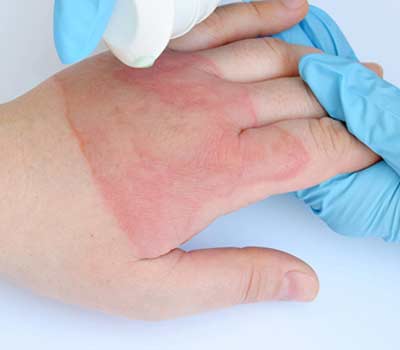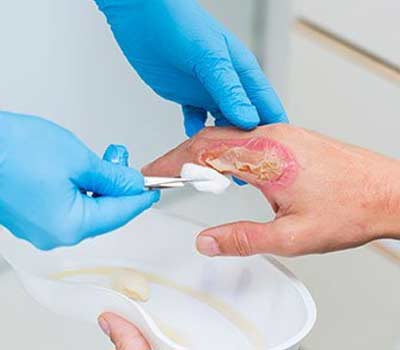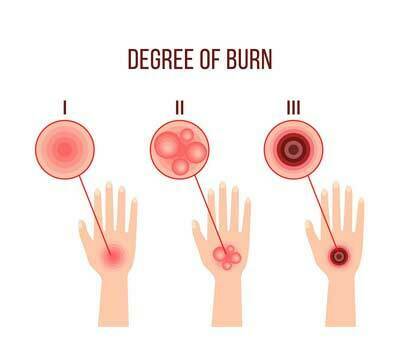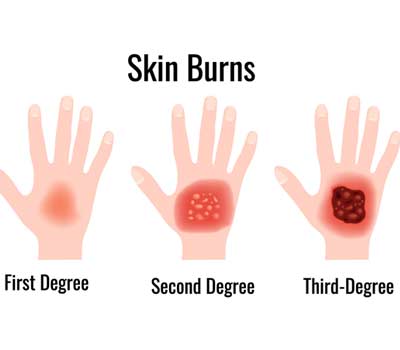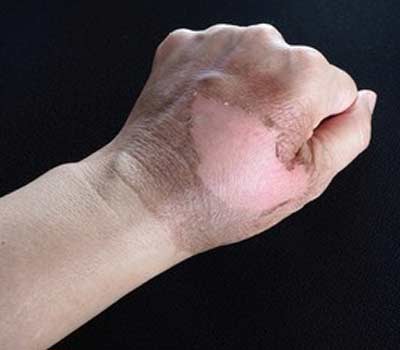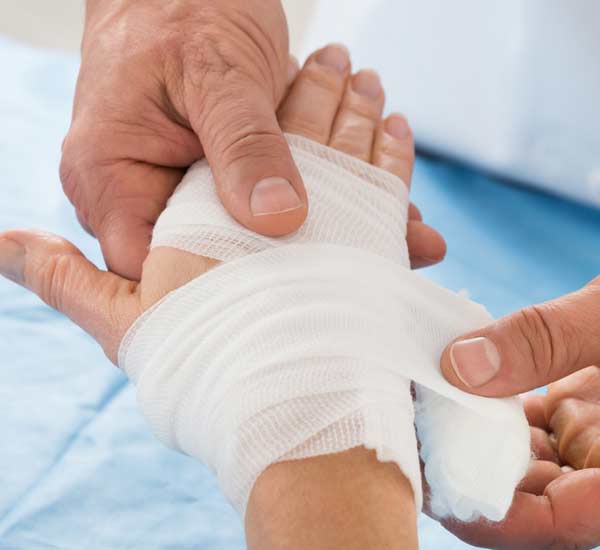 Prevention is still the cheapest and most effective way to fight burns. Reconstructive plastic surgery plays an important role in the Burns Treatment in Kanpur.
Prevention is still the cheapest and most effective way to fight burns. Reconstructive plastic surgery plays an important role in the Burns Treatment in Kanpur.
There are numerous indications for surgery for older cases as a form of repairing treatment when there are changes that bring aesthetic and functional damage to the affected region.
The functional impairment of the region affected by the burn can occur mainly when it affects joint regions (neck, elbow, armpits, knees).
The patient may find it difficult to stretch the limbs or move the head freely as the burned skin ends up being retracted.
The aesthetic changes caused by burns can involve changes in skin tone, which can become darker or lighter, changes in consistency to the touch and deformation of existing structures such as ears, nose and eyes.
How is Burns Treatment in Kanpur performed?
The Burns Treatment in Kanpur through plastic surgery is performed according to the depth and extent of the affected area.
There are two ways to carry out the procedure:
- With grafts: thin slices of the patient’s own healthy skin are used, which are applied to the area affected by the burn;
- With flaps: parts of skin and tissue irrigated by arteries are transferred to the affected region.
The techniques used vary according to the case, and reconstructive and aesthetic plastic surgeries can be performed on the same patient.
The ideal treatment for which a plastic surgeon in Kanpur will choose also takes into account the cause and type of burn.
What are the main causes and types of burns?
Every burn, before being led to an adequate treatment, be it plastic surgery or just medication, is classified according to the type of agent and the degree of depth of the lesion.
This qualification is essential to choose the ideal treatment and to have a time forecast for the patient’s recovery.
The main causes of burns are:
- Electrical: accidents in the electrical network, lightning;
- Thermal: contact with extreme temperatures (very hot or very cold);
- Chemicals: burns caused by chemicals such as acids and alkaline substances
Burns are classified, according to the depth of injury, as follows:
- First-degree burn: superficial injury that results in a change in skin color, leaving it red, swollen and with an uncomfortable burning sensation. It can be caused, for example, by prolonged exposure to the sun.
- Second-degree burn: causes a deeper injury than a first-degree burn, causing blisters to form on the skin, which are reddish in color and contain thick fluid. It is the most painful of burns.
- Third degree burn: it is the deepest level of burn and causes necrosis, characterized by the death of tissue in the region. It has a whitish color, absence of pain and promotes loss of sensitivity in the affected region.
Regardless of the burn level and the causative agent, whenever there are accidents that cause injuries, it is essential to seek the help of a specialist to assess the situation and, if necessary, indicate the ideal treatment for the case .
Self-medication can make the situation worse.
Complications
When the skin is burned, it loses its protective function, which increases the risk of infection.
For this reason it is important that the damaged area is well cleaned for the first six hours and kept clean while it is healing. If after a few days there are signs of infection (eg, the skin becomes red, hot, drains, or the victim experiences sharp pain), you should see a doctor.
Severe burns can cause scarring.
In cases of severe and large burns, the body can lose a significant amount of fluid. This can hamper blood circulation and cause problems with the body’s balance. These wounds must be treated in the emergency medical department.
Remember that a burn assessment must be performed by a physician, an extensive superficial burn can lead to serious complications.

